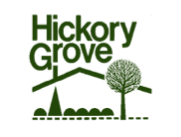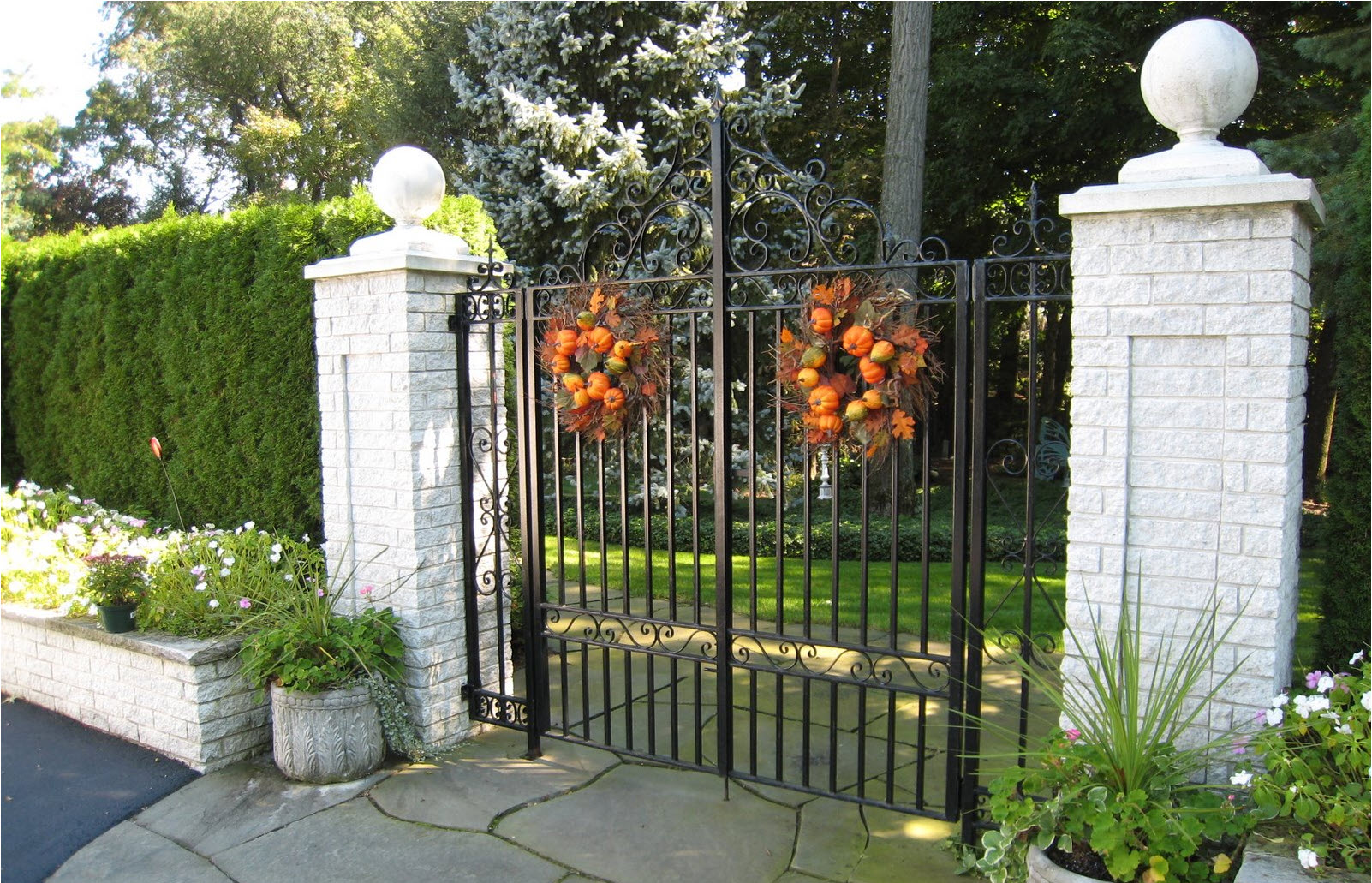Good design should not only address the aesthetics, but have a functional purpose as well. This is where the phrase “form follows function” comes from.
Some Examples Where Form “Should” Follow Function
You might wish to make an area appear more spacious. It’s not uncommon to come across properties where there’s more house than yard.
Zoning rules in some towns are driven by things other than aesthetics (and common sense) and don’t allow enough open space. Neighbors can borrow a cup of sugar without leaving their homes.
Naturally small spaces like those behind city dwellings and townhouses also are challenging.
Your goal in designing these spaces is mainly to maximize their usefulness (function), but also have them appear more spacious (form).
To screen an unpleasant view.
Blocking a view for privacy or because something is just unsightly is a very common function of landscaping. But how you screen brings about many things to consider.
For example. A limited space to screen AC units would require a decorative lattice screen that could be easily removed to service the units.
Perhaps you’d like an entertainment area with enough room for twenty people.
And what about the driveway/parking provisions for the family and the occasional guest?
These “functional” requirements need solutions that in the end, are equally attractive.
A Functional And Beautiful Walkway
In the picture above the designer gives real identity to a backyard entrance by using brick columns and iron gates.
The designer could have ended the flagstone walkway at the gates and columns, but decided to extend the walkway out into the driveway in a perfect radius. A subtle and attractive way to welcome arriving guests.
As with everything in design, avoid going too far in your effort to make something unique. It is so easy to cross the boundary from an elegant solution to one that will not stand the test of time.

